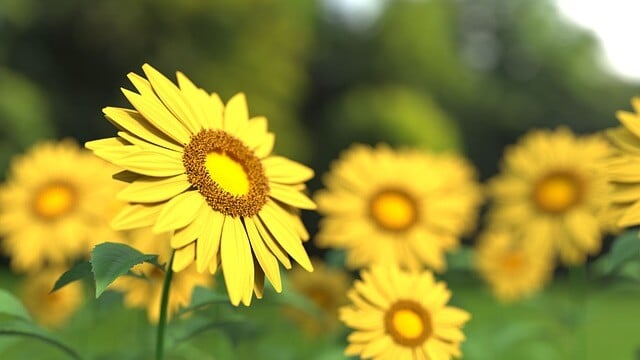Plants don’t have eyes, so how do they know where light is coming from? Most living things, like tiny organisms, plants, and animals, can figure out where light is without eyes like we have. This ability helps them find their way and position themselves well in their surroundings. For plants, knowing where light comes from is super important because it helps them grow towards the sun to make food.
Even though scientists knew about the part in plants that detects light, they didn’t understand how plant tissue worked with light. A group of scientists, led by Professor Christian Fankhauser from UNIL, teamed up with others from EPFL to study this. They discovered that a part of the plant that’s sensitive to light uses how air and water meet inside the plant to make a kind of light map that the plant “sees.” This discovery got published in a journal called Science.
Christian Fankhauser, who led the study, noticed something odd about a type of plant called Arabidopsis thaliana. Its stem was see-through and didn’t respond to light properly. He teamed up with Andreas Schüler from EPFL to study why this was happening. They found out that normal plants have tiny air pockets in their stems, which make them look milky. But the see-through plants had liquid instead of air, making them look clear.
These air pockets in the plant help it figure out where the light is coming from. It’s because air and water make light bend differently when they’re in the plant. It’s a bit like seeing a rainbow when light goes through water droplets. Martina Legris, one of the researchers, explained this.
The study showed a new way that plants understand where light is coming from, so they can grow their parts in the best way to get the most sunlight for making food. Also, it gave insights into why these air pockets in plants are important for things like getting enough oxygen when there’s flooding. Understanding these plant structures better could help us learn more about how they develop and stay healthy.
If our reporting has informed or inspired you, please consider making a donation. Every contribution, no matter the size, empowers us to continue delivering accurate, engaging, and trustworthy science and medical news. Independent journalism requires time, effort, and resources—your support ensures we can keep uncovering the stories that matter most to you.
Join us in making knowledge accessible and impactful. Thank you for standing with us!

